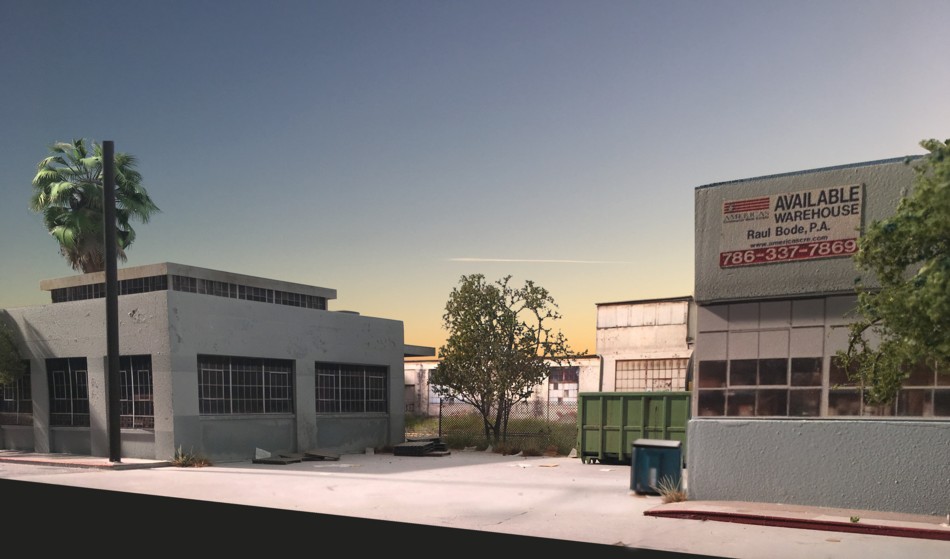
Model railroading is a hobby. It’s recreation. Our “success” is measured by how much satisfaction we wring from our efforts. While the occasional “attaboys” are nice, most of the time, we are performing for an audience of one, ourselves. Unlike a performing or commercial artist, we don’t carry the burden of having to please an outside world. However, just because we are the only ones that need to be satisfied doesn’t mean we shouldn’t ever give thought to what we are doing. From time to time it makes sense to sit back and examine if there are ways of approaching things that might increase our satisfaction even further. Developing a clear awareness of what we truly enjoy and focusing on that creates an intentional approach and increases the odds of making our pastime more satisfying.
Being intentional means having an awareness of what aspects of the hobby you enjoy most and focusing on those without apology. This could cover a lot of topics ranging from whether you are an operator or not, freight car scratch builder or not, etc.
One aspect that deserves conscious decision making is whether your enjoyment comes from modeling individual “parts” or the “sum of the parts”. Are you:
- Somebody that enjoys building a lot of individual elements (structures, rolling stock, or mini-scenes, etc.) without concern as to whether they are related or not. Or….
- Somebody that enjoys the look of an overall scene. In other words the composition of the whole takes precedence over the individual parts.
In other words do you enjoy modeling the trees or the forest?
Which approach you enjoy most doesn’t matter, being aware of where you fall does. Wanting B) but approaching it like A) creates a hard to define disconnect that subtly keeps you from maximizing how much fun you have.
Let’s first take a look at the individual element approach. We all have friends that are avid military modelers. This is a classic example of the individual element approach. You can have a display case where aircraft are placed neatly adjacent to tracked vehicles, ships, etc. It’s not visually jarring in the least. The eye doesn’t expect one model to relate to the next. They are appealing in their own right and don’t compete with what’s on the next shelf.
It gets dicey when we try to do that with model railroading elements. Take the common example of somebody that enjoys building structures, structures of all types. He may enjoy building a saw mill one month and an ice cream parlor the next. The question is what to do with them when they’re done? You could place them in a display case as the military modelers do. This is rarely done (although it would make sense to do so more often). What happens though is we ask our layouts to be the display surface, a large square footage shelf. We then sprinkle, salt and pepper style, our random gems throughout. Unlike the display case example where they stand alone in their own right, we now have visual chaos where each creation competes with its neighbor for attention. That in and of itself isn’t a problem…..as long as you’re aware of it and are having fun. The individual element approach isn’t limited solely to structures. It also applies to “mini scenes” that are often totally unrelated. For example a mountain with a ski lift, next to an intermodal port, next to a coal complex.
Things become problematic when you fall into the second group, those that enjoy the look of cohesive scenes. Your smorgasbord of elements, while working individually, often doesn’t work as a combination. If you’re enjoyment comes from the visual impact of seeing a totally cohesive scene before you when you walk into the layout room, then you need to take an entirely different approach to your modeling. How models look individually takes a back seat to how they look in combination, how they relate to their neighboring elements. This involves: element selection, size, shape, color, and space between them, and how they are placed in combination. The skills to pull off the second approach are totally different than the first. Composition skills are far more difficult to pick up than assembly skills because there is no step 1, 2, 3 cook book format to follow. If you want to be transported to a prototype scene or a plausible representation things get tricky in a hurry. We have limited space to work with so element selection, omission, and compression decisions must be made. You can’t just copy what’s there. If even if you could the sight lines probably wouldn’t scale down. You are dealing with artistic concepts not technical ones.
If you’re in the second group, the composition folks, where do you pick up the skills to create scenes effectively? The first step is simply to be aware of your interest. Fortunately, effective composition is a major element of the arts. The concepts have been worked out, developed, written about, and taught over the centuries. That being the case, what you need to know is going be a lot easier to find in the art world than the hobby spheres we typically look to. It’s pretty easy to find museums that offer outstanding courses on the subject. You’re not looking for traditional classes in how to draw or how to paint. You want subjects along the lines of visual literacy, composition, and color theory. Googling topics such as principles of design, principles of composition will turn up a lot of useful information. Simply spending more time wandering museums, over time, will improve your ability to pull scenes together intuitively.
Know thyself and charge forward intentionally.